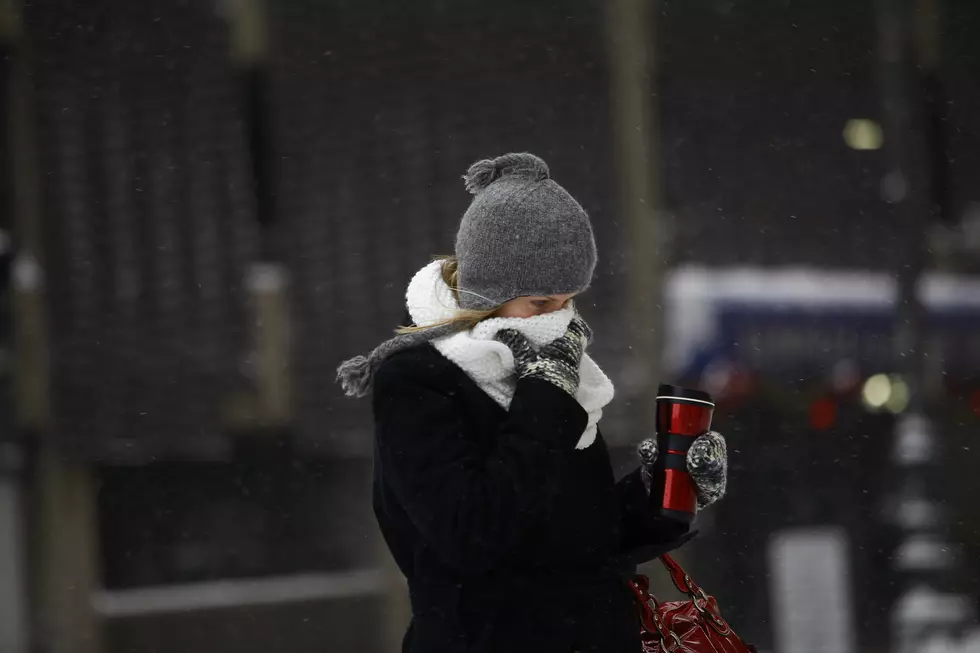
Historic “Triple Dip” La Nina To Impact Winter in Minnesota, Iowa, and Wisconsin
NOAA is predicting another La Nina this year and says it will impact weather in Minnesota, Iowa, and Wisconsin this winter.
This is the third straight year with a La Nina weather pattern and that is extremely rare - It's only happened twice in the last 70-years. Mike Halpert, deputy director of NOAA’s Climate Prediction Center, said La Nina influences temperature and precipitation. Find out what that means for the winter of 2022/2023 below.
What Is La Nina?
NOAA explains La Nina weather patterns happen when "trade winds are even stronger than usual, pushing more warm water toward Asia" and bringing cold water to the surface off of our coast. "These cold waters in the Pacific push the jet stream northward. This tends to lead to drought in the southern U.S. and heavy rains and flooding in the Pacific Northwest and Canada."
La Nina winters are typically colder and snowier for this part of the country.
How Will La Nina Impact Winter in Minnesota, Iowa, and Wisconsin?
Check out the National Weather Service's seasonal temperature and precipitation maps below to see what's expected this year.
Below average temps are expected in Minnesota, most of Wisconsin, and the northern half of Iowa.
The Farmer's Almanac released their extended forecast several weeks ago with the same prediction. They labeled the upper-Midwest as a "hibernation zone" with really cold weather expected.
We're used to the cold though. In fact, most of the coldest cities in the continental US are here in the upper Midwest - see the list below.
How Much Snow Will Minnesota, Iowa, and Wisconsin Get?
Will we be shoveling a lot this year? That's still up in the air.
The NWS is predicting "equal chances" for our area.
What does that mean?!?
WCCO's director of meteorology Mike Augustyniak says, "NOAA’s outlook for “equal chances” is not a forecast for average weather. In fact, the odds of a more extreme winter — one way or another — are slightly higher. We just don’t know which extreme will prevail."
So we could get hit hard with snow or not get much at all.
BRRRR: The 15 Coldest Cities in America
More From 106.9 KROC-FM








![An Iowa Baker is Competing on a New Netflix Show [WATCH]](http://townsquare.media/site/675/files/2024/07/attachment-net.jpg?w=980&q=75)
